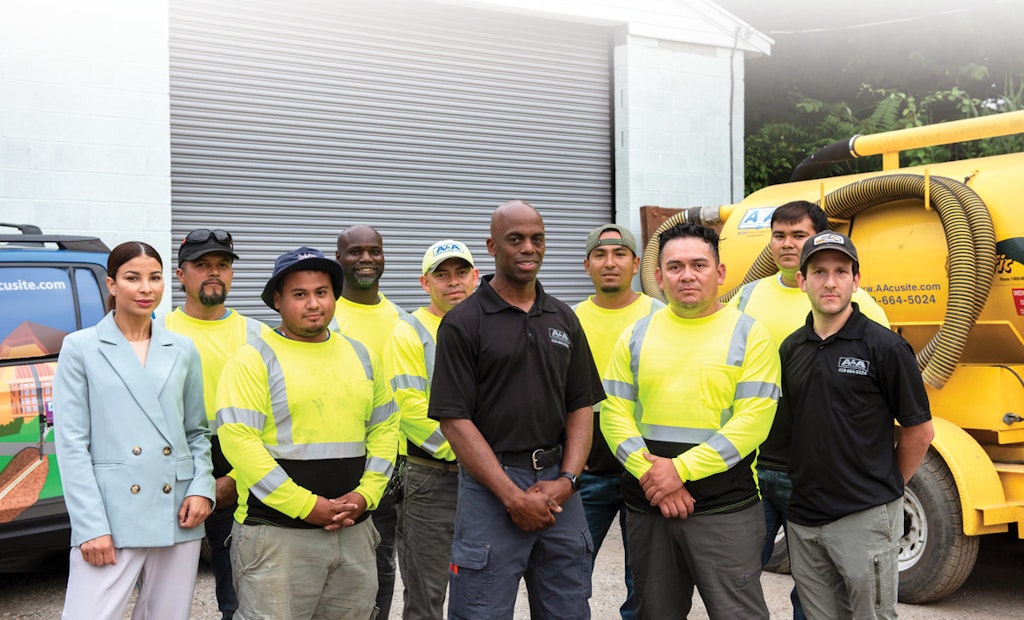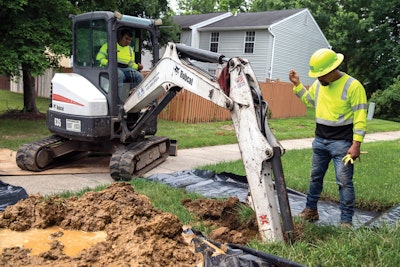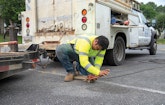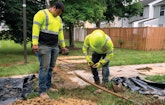
The crew at A&A Construction and Utilities in Baltimore includes (from left) Bruni, Raul, Miguel, Kenneth, Fidel, owner Jerome Stephens, Angel, Abel, Ever and Elliot — “we’re a first-name company,” Stephens says.
Zigging while others zag can be a risky but fruitful business philosophy.
Consider Jerome Stephens, for example, who decided about 18 years ago to take his company, then called A&A Plumbing, in a different direction by embracing relatively new technology at the time: pipe...











